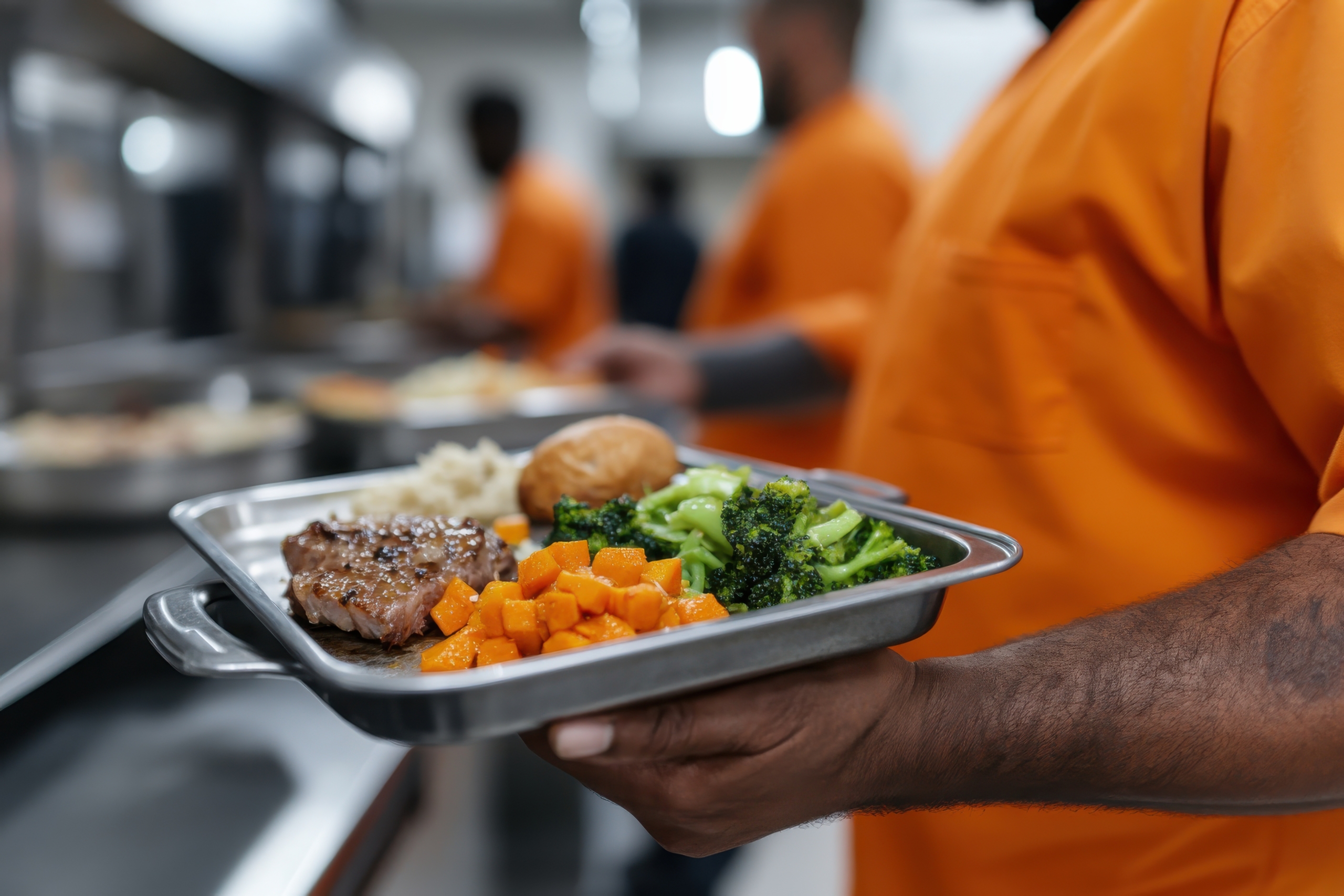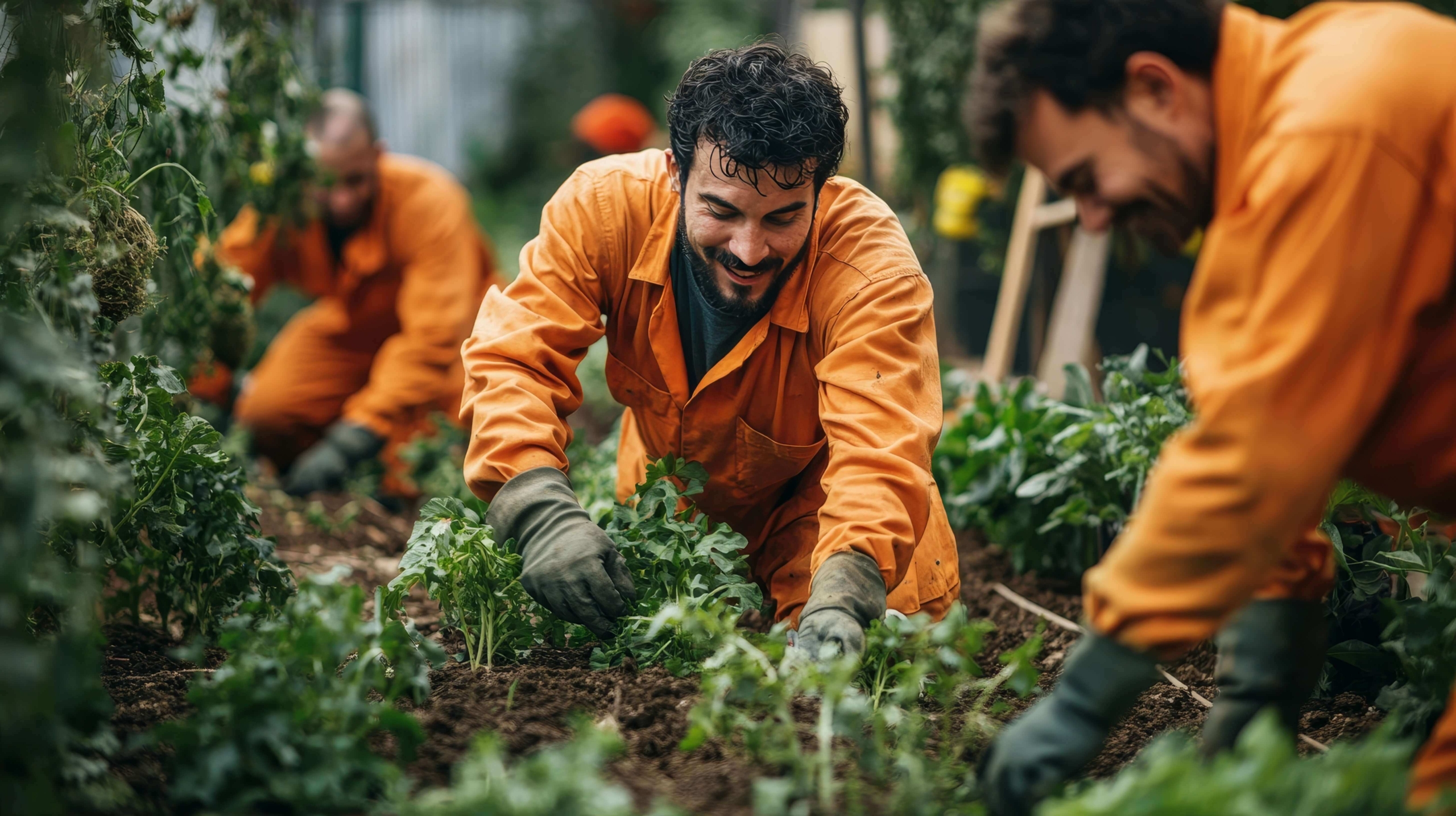
Innovative Supply Chain Strategies for Resilience
05/29/2025
Welcome to part three of our four-part series exploring innovations transforming how nutrition providers serve the Corrections industry. From sustainability and technology to nutrition and logistics, each installment dives into key trends shaping the future of institutional food programs.
The Four Innovations Reshaping Corrections Food Supply:
- Farm-to-Prison Programs: Enhancing Inmate Nutrition and Skills
- Cold Chain Logistics: Revolutionizing Food Distribution
- Innovative Supply Chain Strategies for Resilience
- Emerging Technologies in Food Safety and Traceability
This edition focuses on how supply chain innovation enables correctional facilities to deliver safer, fresher, and more efficient food service—unlocking new possibilities in compliance, sustainability, and nutrition.
Business Strategy Innovations: Smart Segmentation in Corrections
As correctional institutions evolve, so do the dietary, cultural, and logistical demands of their inmate populations. Modern food service systems are responding with customer segmentation models that optimize operations and improve outcomes.
For example, the Federal Bureau of Prisons (BOP) offers tailored meal tracks to accommodate religious, medical, and ethical dietary preferences source: BOP.gov Meal Programs. Segmenting meal services enables facilities to enhance nutritional adequacy, reduce excess ordering, and ensure compliance with legal and health standards.
Enterprise platforms such as Aptean Food & Beverage ERP and Tyler Technologies’ public sector software make it easier to implement segmented planning at scale, providing granular control over meal preparation, inventory, and distribution workflows.
Data Analytics & Digital Platforms: From Guesswork to Precision
Predictive analytics and digital integration are driving smarter corrections food systems. With tools that leverage inmate intake trends and real-time data, facilities can:
- Forecast daily and weekly food requirements
- Reduce waste through precision ordering
- Automate reordering and monitor inventory
- Track food safety and nutritional compliance
The California Department of Corrections and Rehabilitation (CDCR) has implemented several such tools to increase efficiency and reduce food-related waste source: CDCR 2023 Sustainability Report.
Systems like SAP Integrated Business Planning (IBP) and Relex Solutions are being tailored to the institutional food market, enabling real-time insights into demand, supplier performance, and food shelf life.

Social, Environmental, and Economic Integration: The Triple Bottom Line
Modern corrections supply chains are embracing a holistic model of resilience—one that balances economic prudence with environmental stewardship and social responsibility.
Social Impact:
Many facilities now include job training programs in culinary arts, composting, and agriculture. Programs like Washington State’s Sustainability in Prisons Project (SPP) and Colorado DOC’s Take Root equip inmates with valuable skills while helping facilities build stronger, more independent food systems source: SPP WA.
Environmental Sustainability:
From solar-powered refrigeration units in Texas to eco-packaging and onsite food composting in Michigan, correctional kitchens are reducing their carbon footprint and aligning with the EPA’s Food Recovery Hierarchy source: EPA.
Economic Efficiency:
Local and regional sourcing reduces dependency on long-haul distributors while cutting costs. The Michigan Farm to Institution Network (MFIN) is a great example of how partnerships between institutions and local farms can deliver fresher food at stable prices. Source: MFIN.
Additionally, emerging practices like vertical farming within correctional facilities—seen in pilot programs in New York and Ohio—are helping to improve food autonomy and reduce supply chain disruptions.
Final Thoughts from Van Cooper
“Today’s correctional food supply chain isn’t just about delivery—it’s about resilience, responsibility, and responsiveness,” says Van Cooper, VP of Operations at GoodSource. “By integrating smart planning, sustainability, and community reinvestment, we’re helping facilities serve their populations more effectively than ever before.”
These supply chain strategies are setting the stage for the next innovation in our series—Precision Agriculture and Smart Farming—which will explore how high-tech growing methods are being brought inside correctional systems to create closed-loop food ecosystems.
Stay tuned for the final part of our four-part series as we continue to spotlight the future of corrections food innovation.
🔗 Further Reading and Resources:
